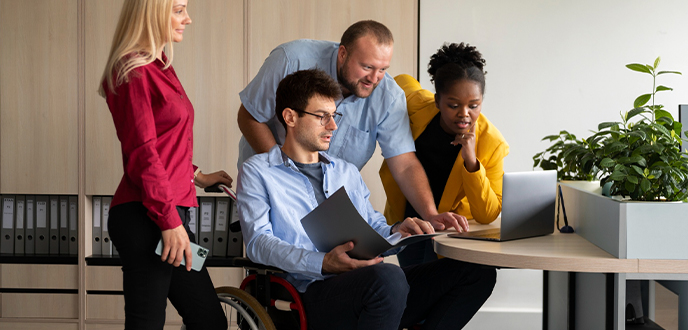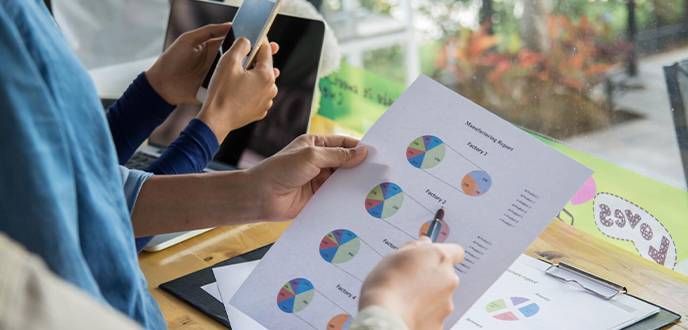
User Interviews: Conducting interviews to understand user needs, motivations, and pain points.
Surveys and Questionnaires: Collecting quantitative data on user preferences and behaviors.
Market Research: Analyzing competitors and industry trends to inform design decisions.
Persona Development:
Creating detailed user personas to represent target audiences and guide design choices.Content Inventory and Audit: Reviewing existing content to determine what to keep, update, or discard.
Site Mapping: Developing a structured map of the application or website to define how information is organized and accessed.
User Flows: Designing pathways that users take to complete tasks, ensuring a logical progression through the product.

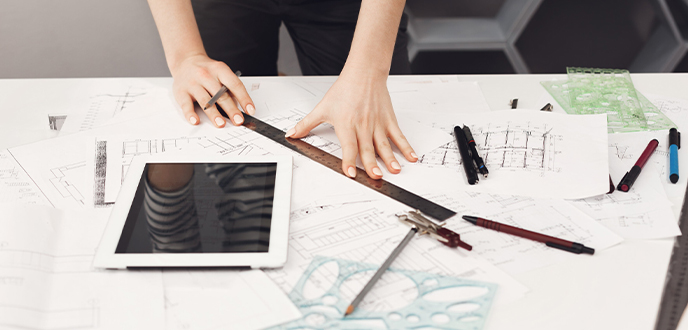
Low-Fidelity Wireframes: Creating basic layouts to outline the structure and functionality of the interface without detailed design elements.
High-Fidelity Wireframes: Developing more detailed representations of the final product, incorporating specific design elements.
Interactive Prototypes: Building clickable prototypes that simulate user interaction, allowing for early testing and feedback.
Branding: Developing a cohesive visual identity that aligns with the brand’s values and messaging, including logo design, color schemes, and typography.
UI Design: Designing the user interface elements such as buttons, forms, icons, and navigation menus, focusing on aesthetics and usability.
Style Guides: Creating comprehensive style guides that detail the design elements, ensuring consistency throughout the product.
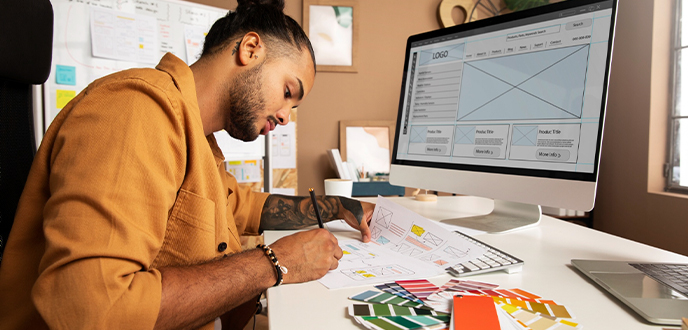
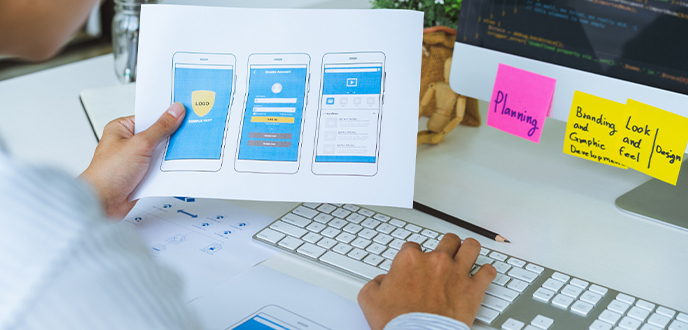
Moderated Testing: Conducting in-person or remote testing sessions with users to observe interactions and gather feedback.
A/B Testing: Comparing different design variations to determine which performs better in achieving user goals.
Heuristic Evaluation: Reviewing the design against established usability principles to identify potential issues.
Collaboration with Development Teams: Working closely with developers to ensure that design specifications are met during the development process.
Design Handoff: Providing detailed design documentation and assets to development teams for implementation.
Agile Methodologies: Utilizing agile processes to iterate on designs based on user feedback and testing throughout the development cycle.
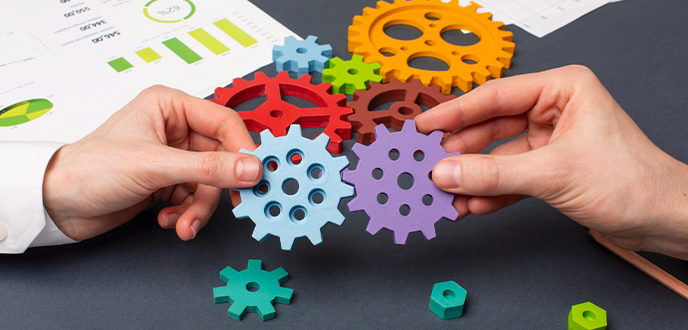

User Feedback Collection: Gathering user feedback post-launch to identify areas for improvement.
Analytics Tracking: Analyzing user behavior data to inform future design iterations and enhancements.
Continuous Improvement: Iterating on the design based on user needs, technological advancements, and changing market trends.
Accessibility Audits: Ensuring that the design meets accessibility standards (like WCAG) so that it is usable by people with disabilities.
Inclusive Design Practices: Implementing design practices that consider diverse user backgrounds and experiences.
Continuous Improvement: Iterating on the design based on user needs, technological advancements, and changing market trends.
